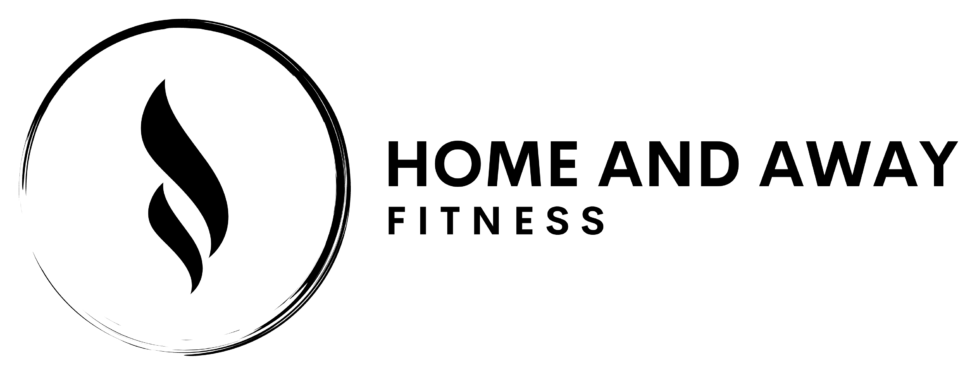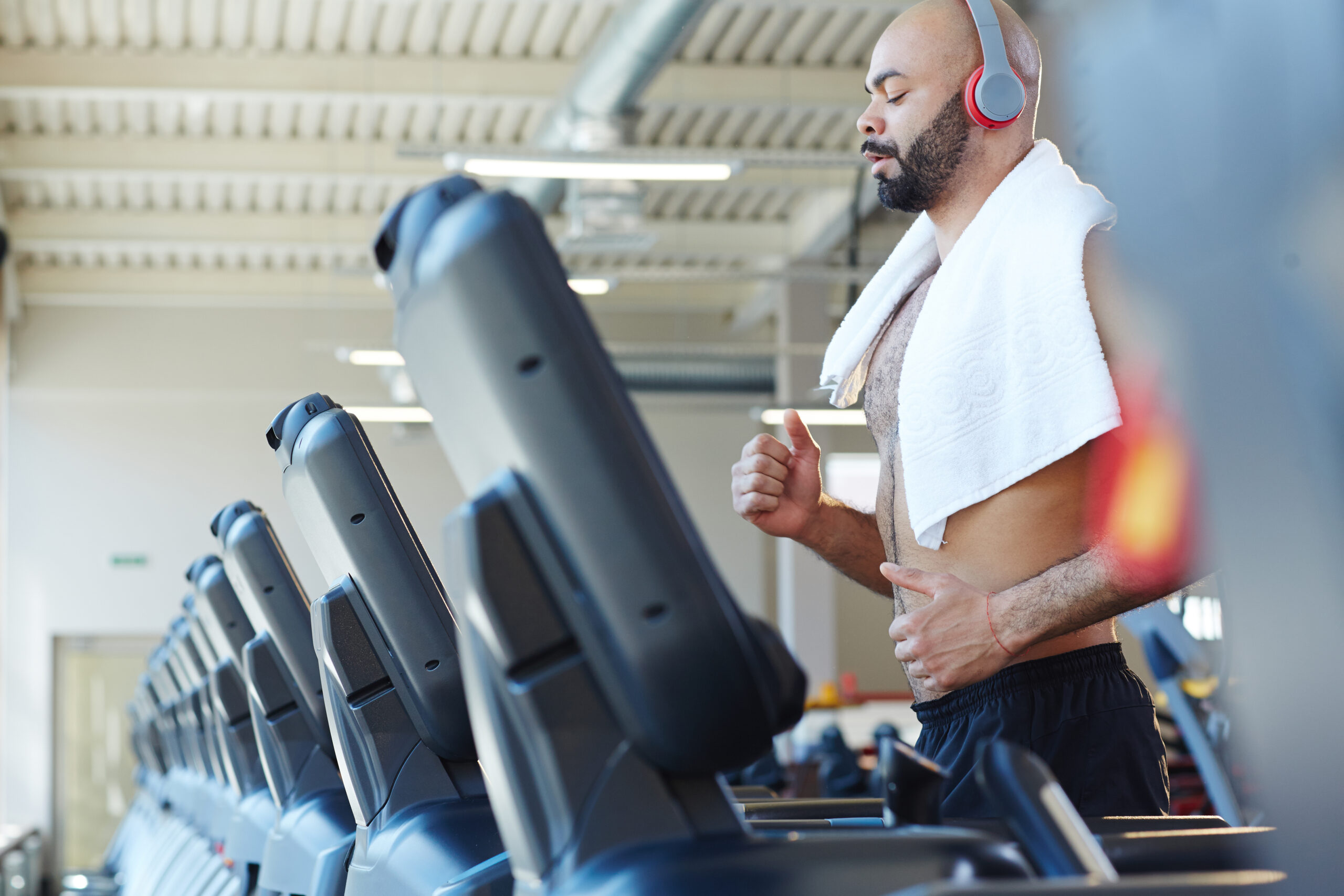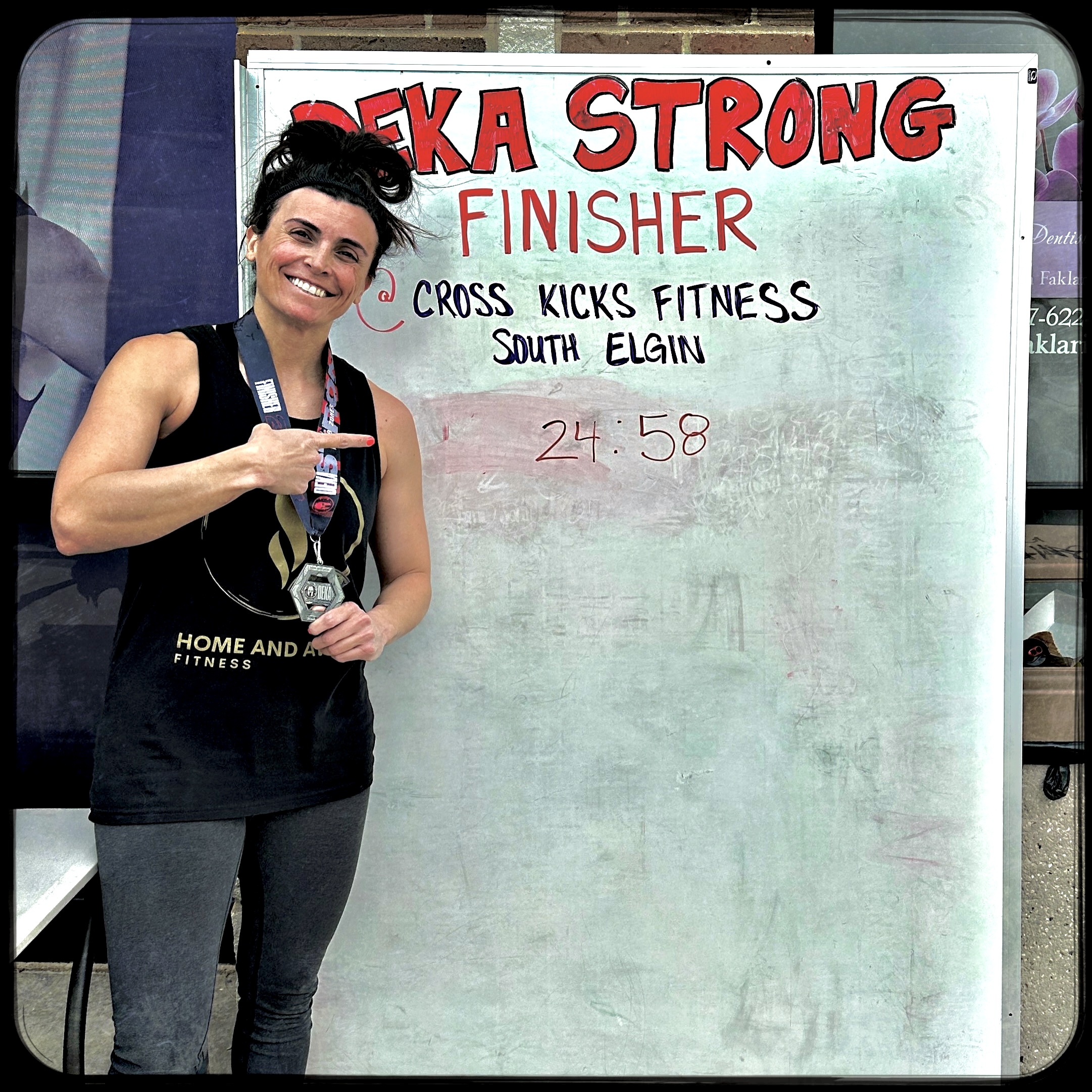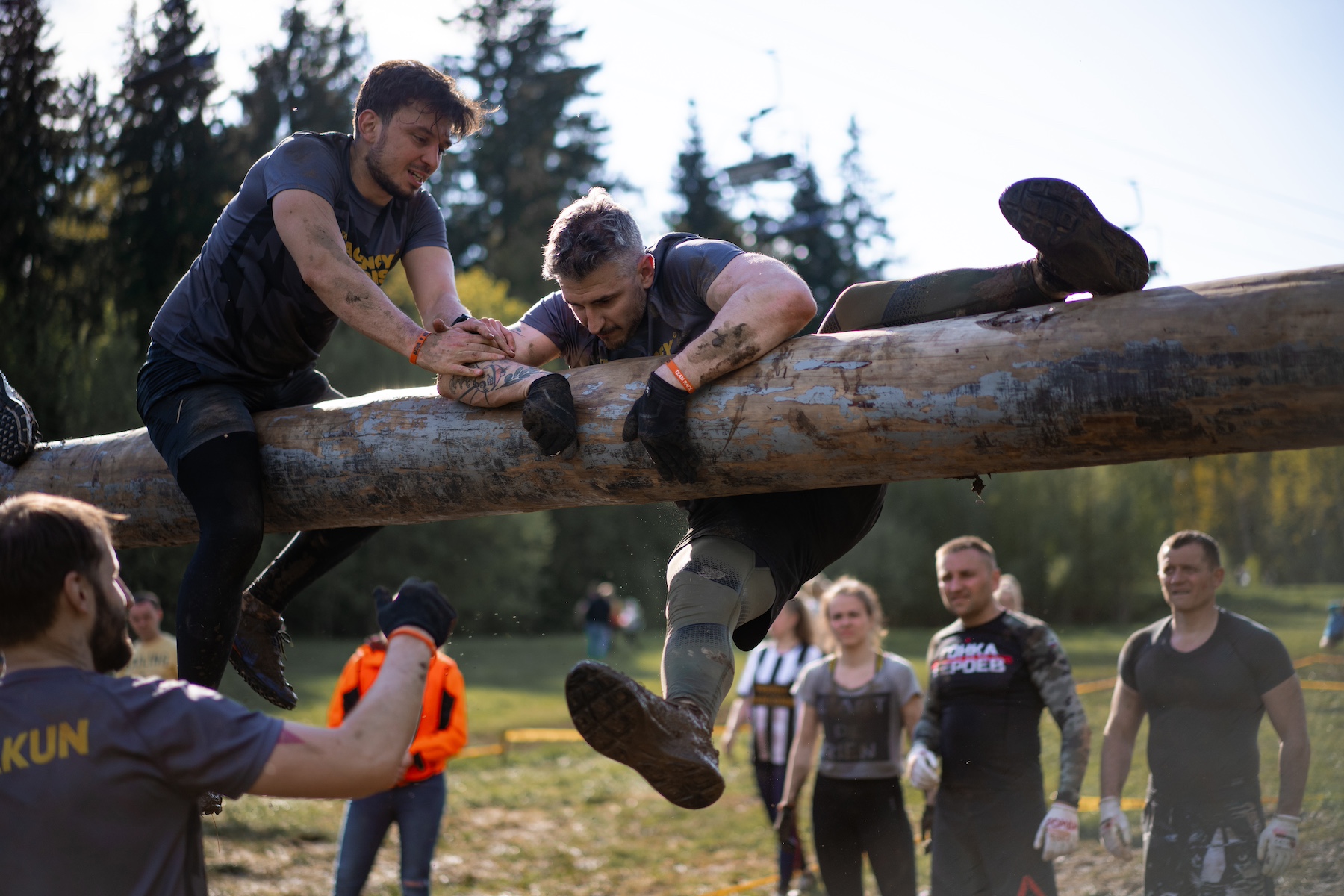Working out is actually providing a stimulus that tears apart the muscle fibers. That act is what stimulates the body to uptake protein to rebuild the fibers to be more resilient against a future stimulus. The short hand of this is that you stress the muscle fibers, (i.e. damage) then with rest and food, those fibers heal and become more resilient. Growing stronger, increase endurance, or getting bigger. This of course depends greatly on the desired response. If there is too much stimulus and insufficient recovery you do not grow or worse, a possible loss of gains.
The Big Three
There are three things that you have to balance to make a great progress in the gym.
One, the initial stimulus, exercise. Correct input for the desired result. Two, nutrition to fuel the workout and aid in recovery. Three, sleep and rest to heal and reset the body. If, one of these is too far out of the norm, you will either not make gains or you will back-slide. For this article, we are going to cover exercise.
Exercise Purpose
When you sit with an experienced trainer like me, your going to hear one word a lot, WHY.
I’m not trying to be obnoxious, but it’s an incredibly important question. Why tells me a lot about direction, and your motivations to help me set direction. If you don’t know WHY you’re probably going to fail. The answer can be quite simple. I want to be stronger. My doctor is concerned about my health. I want to look better naked. (A very popular answer)
Now, if it is look good naked, full body weight training 3 times a week and many conversations about diet. If it’s My doctor is concerned, lets say for cardio vascular reasons, diet, zone 2 cardio, and light weight weight training. Of course these are over simplified answers to generic questions, but you get the point. There is no what to do, without WHY are we doing it.
Exercise Selection
Once you have determined the WHY you can select the how. If it is for aesthetics, the body is evaluated and hypertrophy style workouts are written based on your weak and strong points. Of course there is also injury history, former training history, etc., etc.. I guess at this point I should clarify the difference between exercise types. Hypertrophy: choosing muscle size over absolute strength. Powerlifting: choosing power over size and aesthetics. Weightlifting: a general concentration of strength focused on three compound lifts. Hybrid training: the best possible mix between strength and cardiovascular endurance. Of course there are plenty of sub genres, but we’ll leave it there.
Exercise intensity
Intensity is very important. It is described as how hard your body works during physical activity. Along with many ways to track it, perceived exertion, heart rate, percentage of maximum heart rate. This intensity can be very strongly tied to the performance in whatever exercise you’re choosing. Intensity greatly impacts the time to recovery as well. If you’re trying to build endurance for your cardiovascular and body zone 2 exercise, around 60% of max heart rate shows the most promise. If you’re trying to increase your VO2 Max for athletic performance, you’ll be working in the 90% zone for much shorter periods of time. VO2 Max is definitely more costly and harder to recover from. Real progress, stems greatly from the correct dose of the prescribed exercise type. If you push anything too hard for too long, it will break. To reach your goals consistency is key, and if you were too injured or too tired to give the correct effort each time you will make less progress or you will get hurt and make none. Of course I need an analogy here so the one I will apply would be, hit a block of marble with a hammer, and you have a chip. Choose the right tools, knowledge and consistency, you will have the statue of David.
Recovery
Definition of Exercise recovery, the period of time after a workout where your body repairs muscle damage, replenish his energy stores and returns to a resting state, essentially allowing your body to rebuild and prepare for the next exercise session. This is the one people have the most problem with. Recovery is not just taking a day off from exercise, recovery is only possible when you align three of the biggest stressors in your life. Physical, mental and medical. All three systems when put under stress releases a cocktail that retards growth. And your body is very strict if it is not getting what it needs, progress will stop. The most extreme version of course is female athletes in the run up to competition will see a cessation of their monthly cycle. The body’s way of saying that you are doing too much and do not have the extra capacity to carry and bear a child. In lesser ways, inflammation, chronic nagging injuries and erratic emotional states can show up in overtrained men and women.
Putting it all together
So what if we learned? If you are not going hard, but you are consistent you will grow at a slow unsatisfying rate. If you go too hard, you’ll get injured, lose consistency and be constantly sore and discouraged. Even athletes at the top of their game use coaching to balance these metrics so they can focus on the things that matter most to them, winning. In your case, family, work, health should be the top priorities. You go to a mechanic for complex problems with your car, hopefully someone highly trained, and that has earned your trust. You wouldn’t just walk into a shop full of tools and hope that the best or most time efficient way to fix your vehicle will present itself. And yet thousands of people pay a monthly fee to go to where all the tools are and have very little comprehension of their correct use. The big box gym is a huge asset, thousands of people pay a small amount to make a large amount of equipment available. Knowing what to do with all of it or how it will help you achieve your goals is my job.




